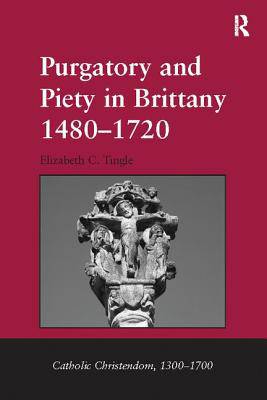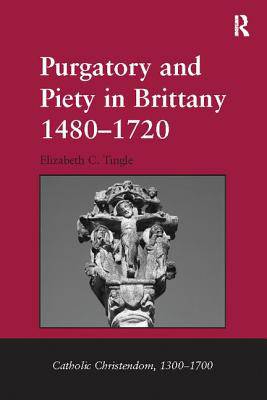
- Afhalen na 1 uur in een winkel met voorraad
- Gratis thuislevering in België vanaf € 30
- Ruim aanbod met 7 miljoen producten
- Afhalen na 1 uur in een winkel met voorraad
- Gratis thuislevering in België vanaf € 30
- Ruim aanbod met 7 miljoen producten
Zoeken
Omschrijving
The concept of Purgatory was a central tenet of late-medieval and early-modern Catholicism, and proved a key dividing line between Catholics and Protestants. However, as this book makes clear, ideas about purgatory were often ill-defined and fluid, and altered over time in response to particular needs or pressures. Drawing upon printed pamphlets, tracts, advice manuals, diocesan statutes and other literary material, the study traces the evolution of writing and teaching about Purgatory and the fate of the soul between 1480 and 1720. By examining the subject across this extended period it is argued that belief in Purgatory continued to be important, although its role in the scheme of salvation changed over time, and was not a simply a story of inevitable decline. Grounded in a case study of the southern and western regions of the ancien régime province of Brittany, the book charts the nature and evolution of 'private' intercessory institutions, chantries, obits and private chapel foundation, and 'public' forms, parish provision, confraternities, indulgences and veneration of saints. In so doing it underlines how the huge popularity of post-mortem intercession underwent a serious and rapid decline between the 1550s and late 1580s, only to witness a tremendous resurgence in popularity after 1600, with traditional practices far outstripping the levels of usage of the early sixteenth century. Offering a fascinating insight into popular devotional practices, the book opens new vistas onto the impact of Catholic revival and Counter Reform on beliefs about the fate of the soul after death.
Specificaties
Betrokkenen
- Auteur(s):
- Uitgeverij:
Inhoud
- Aantal bladzijden:
- 328
- Taal:
- Engels
- Reeks:
Eigenschappen
- Productcode (EAN):
- 9781138107458
- Verschijningsdatum:
- 31/05/2017
- Uitvoering:
- Paperback
- Formaat:
- Trade paperback (VS)
- Afmetingen:
- 156 mm x 234 mm
- Gewicht:
- 458 g

Alleen bij Standaard Boekhandel
+ 180 punten op je klantenkaart van Standaard Boekhandel
Beoordelingen
We publiceren alleen reviews die voldoen aan de voorwaarden voor reviews. Bekijk onze voorwaarden voor reviews.











